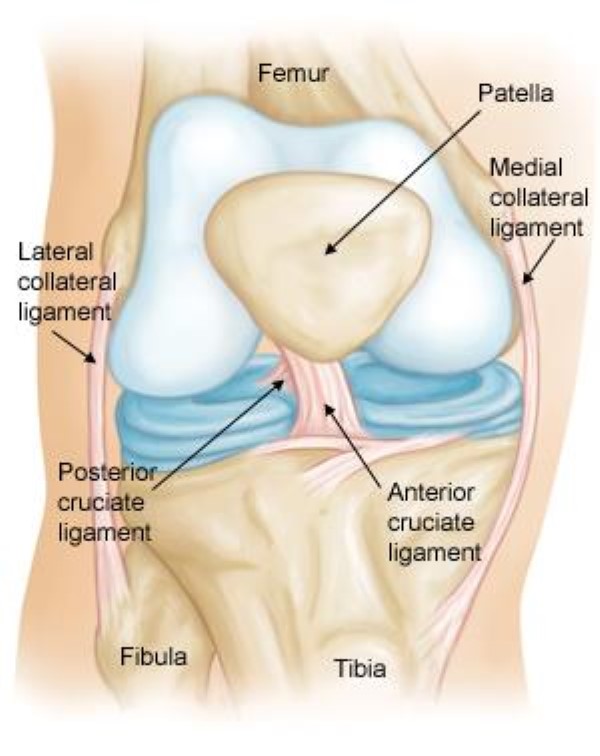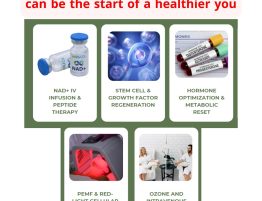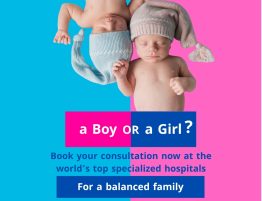
Ligament injuries in the knee — such as an anterior cruciate ligament (ACL) — can put a person on the sidelines — fast. They hurt a lot and may limit what a person can do.
What is Ligament?
Ligaments are small bands of tough, flexible tissue, made up of lots of individual fibres, which connect the bones of the body. The function of a ligament is to provide a passive limit to the amount of movement between the bones.
While ligaments are extremely strong, they can be stretched or even torn, resulting in different grades of sprains. A ligament tear usually occurs due to extreme force to a joint such as with a fall or another high-impact event.
Common ligament tears are to the ankle, knee, wrist, thumb, neck, or back ligaments.
Symptoms
A ligament tear is painful and tender to the touch. The patient may see swelling and bruising. It may be difficult to move the joint. In the case of some ligaments, they may hear a pop or feel tearing at the time of the injury. They may also experience muscle spasms.
Ligaments support and strengthen joints. Their main function is to keep the bones of the skeleton in proper alignment and prevent abnormal movements of the joints.
This will be impaired when a ligament is torn, resulting in looseness in the joint or being unable to move the joint normally.
3 Grades of Ligament Injury
There are 3 grades of ligament injury
- Grade I – mild ligament tear, this is a mild sprain that damages the ligament but does not cause significant tearing
- Grade II – moderate ligament tear – this is a moderate sprain that includes a partial tear of the ligament. As a result, the joint may show abnormal looseness.
- Grade III – complete ligament tear, this is a severe sprain with a complete tear of the ligament. It results in instability of the joint and loss of use.
Treatment
Rest, Ice, Compression, and Elevation (RICE) is the initial treatment protocol for a ligament injury.
- Rest – once injured, further activity that stresses the injury area must be stopped until the injury is allowed to recover over a period of time.
- Ice – cold contact provides short-term pain relief to an injured area and works to limit swelling
- Compression – (e.g., wrapping the injured area with an elastic bandage) helps reduce and limit overall swelling. It also occasionally works to ease pain
- Elevation – this helps control blood flow to the area and, thus, reduce swelling. This is most effective when the injured area is raised above heart level
The doctor may recommend an over-the-counter medication (such as Ibuprofen) or a prescription medication for pain and swelling as well.
If a sprain is grade 2, it may need bracing to allow for the healing of the partial ligament tear. The location and extent of the injury will determine how long a brace is needed.
A grade 3 sprain involving complete tear may require surgery to repair the ligament.
Once the pain and swelling have subsided, the doctor may recommend physical therapy or home exercises to help restore the function of the ligament and joint. The recovery time can be a few weeks or up to a year, depending on the severity of the ligament tear.
What We Offer
We at Almurshidi Medical Tourism will find the best doctors to cater to your needs. We are partnered with a wide network of hospitals and clinics that provide top quality medical experience.
We provide free medical estimates, make medical appointments, and provide several medical opinions if needed at no cost.
Contact Us
For more information contact us at +66822004040 or via WhatsApp








